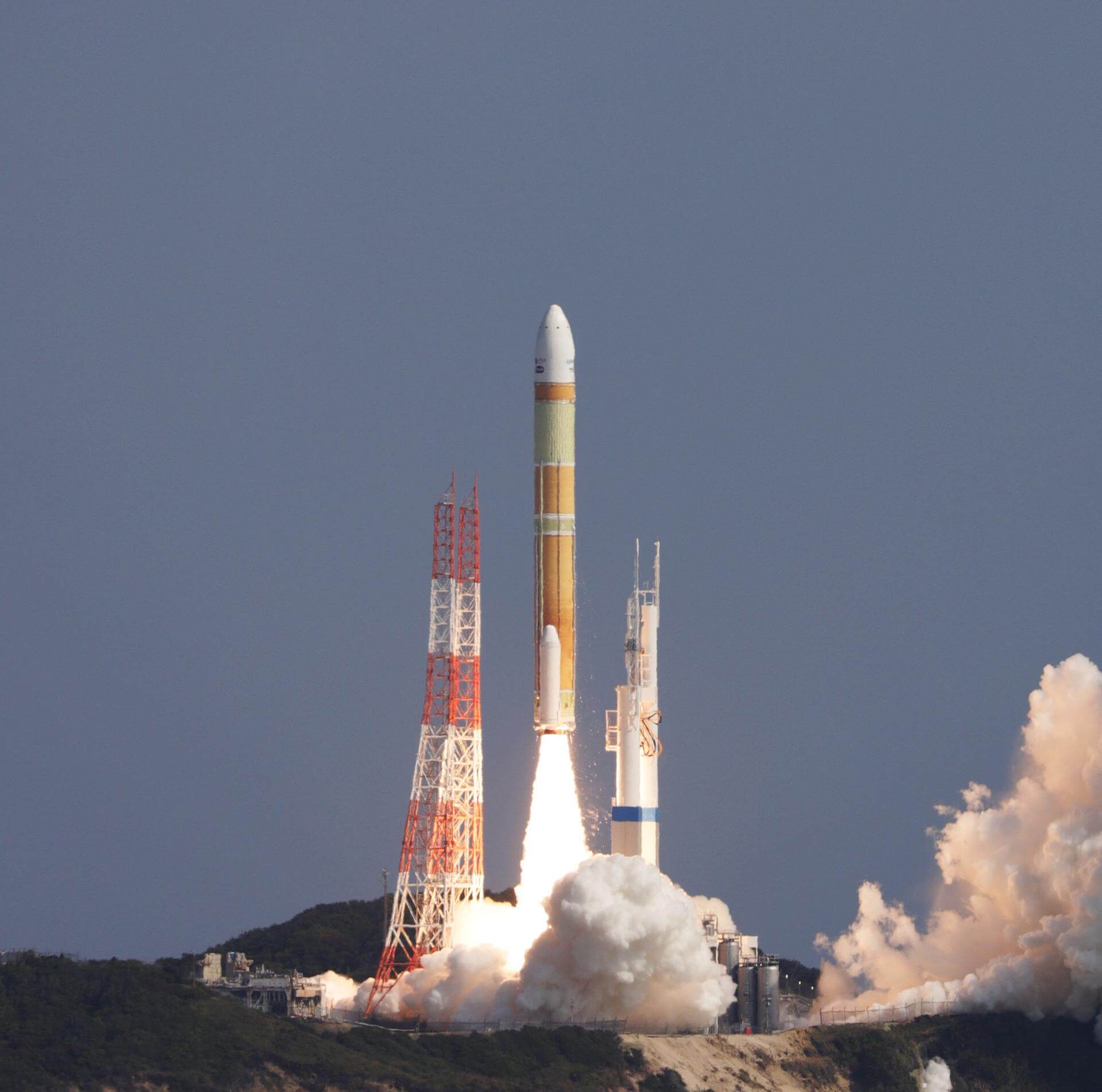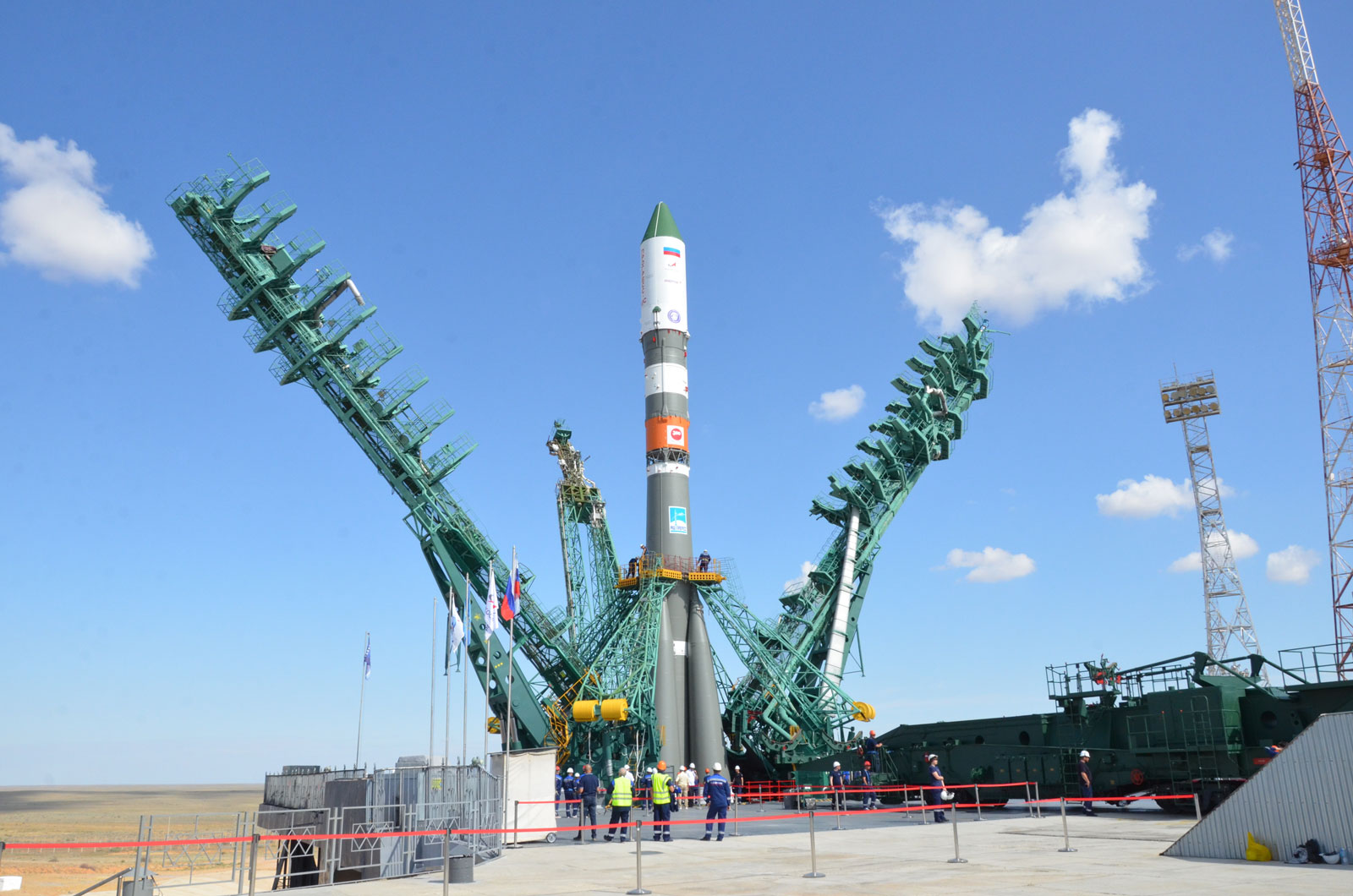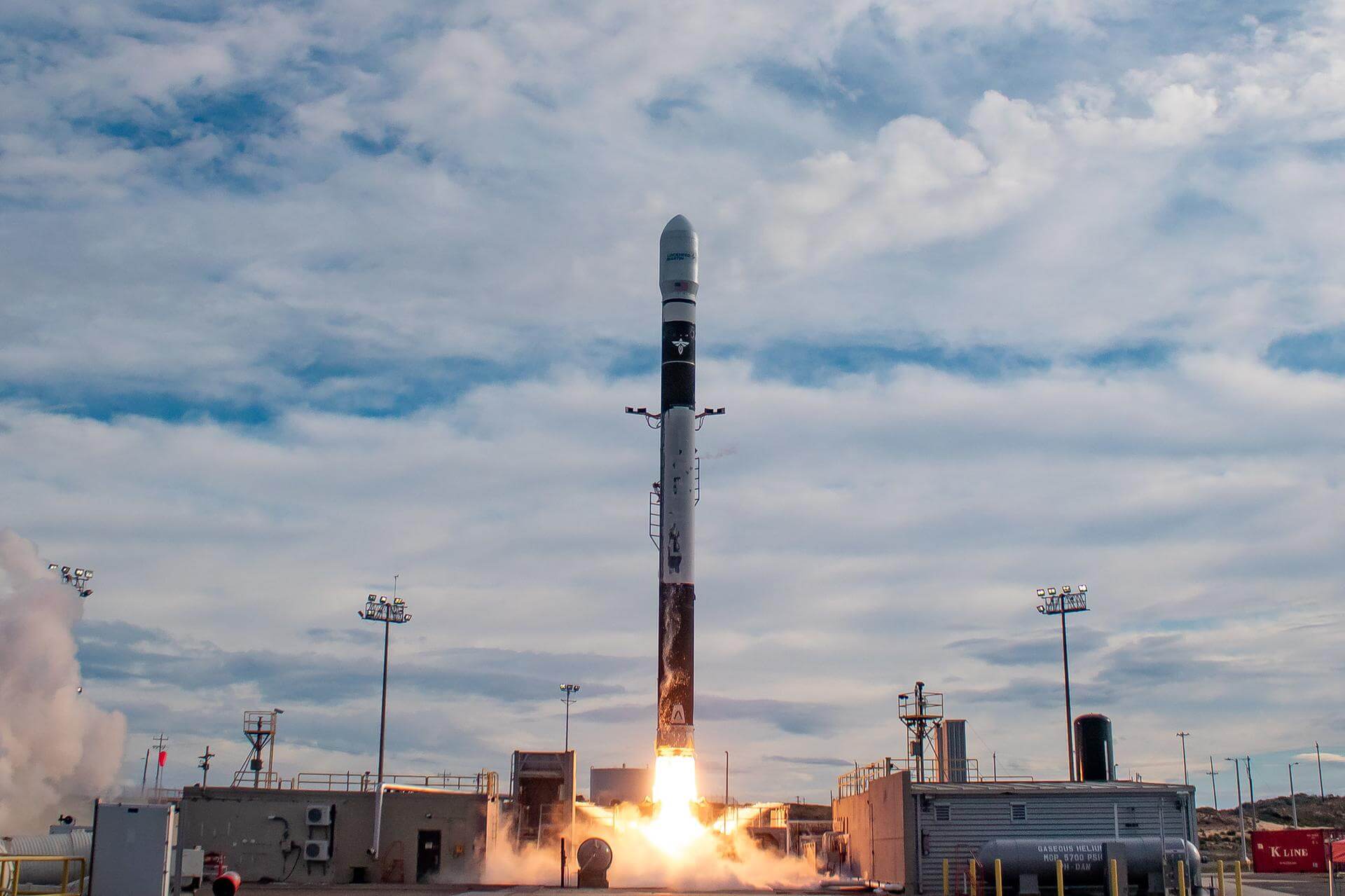· space brief · 4 min read
Space Brief 16 Jan 2025
Explore today's pivotal news in space with highlights on record government space budgets, military satellite developments, and significant industry shifts.

📄Top Stories
Government space budgets have reached unprecedented levels, influenced heavily by defense spending. A noteworthy appointment sees former Pentagon official John Plumb joining K2 Space, indicating a boost in defense-related satellite projects. Meanwhile, military discussions between China and Japan are capturing global attention amid geopolitical shifts.
📰Detailed Coverage
Record Government Space Budgets
In 2024, government spending on space projects surged to a historic $135 billion, with defense allocations being a major contributing factor. This financial commitment underscores the strategic importance countries are placing on their space programs as part of their national defense strategies.
This spike in spending emphasizes the growing need for tracking and managing an increasing number of military satellites, a key feature supported by our web app’s live tracking capabilities.
Read the full story: SpaceNews
John Plumb’s Strategic Move to K2 Space
John Plumb, a former Pentagon official, has transitioned to K2 Space, a California-based company specializing in satellite platforms for defense and commercial uses. His move is expected to enhance K2’s capabilities in developing satellite systems tailored for military applications.
This shift highlights the ongoing trend of integrating high-level military experience into private sector satellite innovations, which may lead to advancements in satellite tracking technologies and defense applications.
Read the full story: SpaceNews
Chinese Military Delegation’s Visit to Japan
In a rare diplomatic maneuver, a Chinese military delegation is set to visit Japan, potentially impacting regional security dynamics. Experts suggest this could be an effort to stabilize relations ahead of expected political changes in the United States.
While primarily diplomatic, such interactions often have satellite monitoring implications, especially with regard to tracking military assets and territorial surveillance.
Read the full story: Breaking Defense
Defense Innovation Board’s Call for Agile Procurement
The Defense Innovation Board urges a shift towards more agile procurement processes, advocating for a “divest to invest” strategy. This approach is aimed at enhancing efficiency and ensuring that emerging technologies, including advanced satellite technologies, are swiftly integrated into defense systems.
Such recommendations are crucial as they may influence the future of satellite procurement and deployment strategies within military sectors.
Read the full story: Breaking Defense
🛰️Satellite Spotlight
- Satellite Name: COSMOS 2251
- NORAD ID: 22675
- Launch Date: 1993-06-16
- Mission: The Russian COSMOS 2251 satellite was a communications satellite part of the Strela-2M series, originally designed for military communications.
- Orbit: Inclination 74.0374°, Period 100.48 min, Eccentricity low
- Operator: VKS
- Fun Fact: COSMOS 2251 was involved in a high-profile collision with the Iridium 33 satellite in 2009, which significantly contributed to space debris around Earth’s orbit.
Current TLE Data:
1 22675U 93036A 25013.91605090 .00000153 00000-0 65100-4 0 99999
2 22675 74.0374 203.9269 0024667 7.0943 353.0552 14.33066048650052Track this satellite in real-time on our web app: Track COSMOS 2251
🚀Upcoming Space Launches
January 16
- SpaceX Starship:
- Flight 7 from SpaceX Starbase, TX, USA (22:00 UTC)
- Seventh test flight of the two-stage Starship launch vehicle.
January 17
- China Aerospace Science and Technology Corporation Long March 2D:
- Unknown Payload from Jiuquan Satellite Launch Center, People’s Republic of China (03:59 UTC)
January 18
- SpaceX Falcon 9 Block 5:
- Starlink Group 11-8 from Vandenberg SFB, CA, USA (15:57 UTC)
- A batch of satellites for the Starlink mega-constellation - SpaceX’s project for space-based Internet communication system.
January 26
- Indian Space Research Organization GSLV Mk II:
- IRNSS-1K (NVS-02) from Satish Dhawan Space Centre, India (22:45 UTC)
- This is a replacement satellite for the Indian Regional Navigation Satellite System, providing an alternative to GPS for military and civilian use.
January 29
- SpaceX Falcon 9 Block 5:
- SpainSat NG I from Cape Canaveral SFS, FL, USA (04:00 UTC)
- First of two new-generation satellites providing secure communications for the Spanish government and allies.
January 31
-
Rocket Lab Electron:
- IoT 4 You and Me (Kinéis 16-20) from Rocket Lab Launch Complex 1, Mahia Peninsula, New Zealand (00:00 UTC)
- Fourth batch of satellites for the French Kinéis IoT constellation.
-
SpaceX Falcon 9 Block 5:
- Starlink Group 12-3 from Cape Canaveral SFS, FL, USA (00:00 UTC)
- A batch of satellites for the Starlink mega-constellation - SpaceX’s project for space-based Internet communication system.
-
China Aerospace Science and Technology Corporation Long March 8:
- G60 Group TBD from Wenchang Space Launch Site, People’s Republic of China (00:00 UTC)
- Communication satellites for the G60 constellation operated by Shanghai Spacecom Satellite Technology.
February 1
- Mitsubishi Heavy Industries H3-22:
- Michibiki 6 (QZS-6) from Tanegashima Space Center, Japan (08:30 UTC)
- Part of the Japanese satellite navigation system providing GPS-interoperable and augmentation signals.
Note: Launch dates and times are subject to change due to technical or weather considerations.

Maurice Stellarski





